California is one of the most hydrologically altered landscapes in the world. As water becomes ever more scarce and the human population continues to grow, that vast engineered system strains to meet the needs of people let alone the needs of nature.
Water rights allocations far exceed actual surface water supply, and millions of wells tap groundwater to meet the increasing demands of farms and communities. As groundwater reservoirs are depleted they can in turn reduce surface flows – exacerbating a vicious cycle in which people and nature both lose. Rivers, wetlands and groundwater-dependent ecosystems are caught in this struggle for an increasingly limited resource. Nearly half of California’s roughly 4,000 freshwater species are considered vulnerable to extinction. Of the taxa that are found nowhere but California – our endemic freshwater biodiversity – 90 percent are at risk.
But there is hope. While it is impossible to return natural flows to most of California’s rivers and streams, we can – through science, technology, and innovative market tools – endeavor to deliver water when and where nature needs it most.
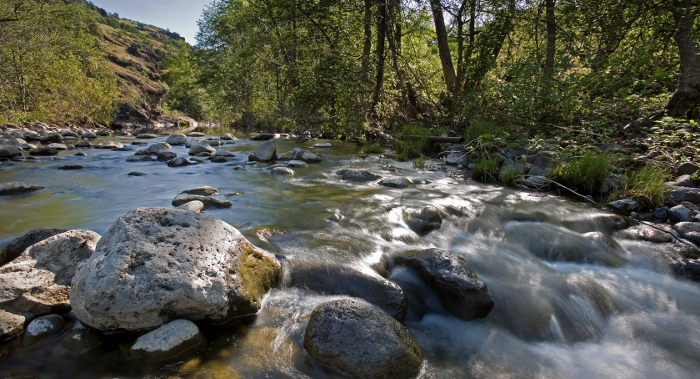
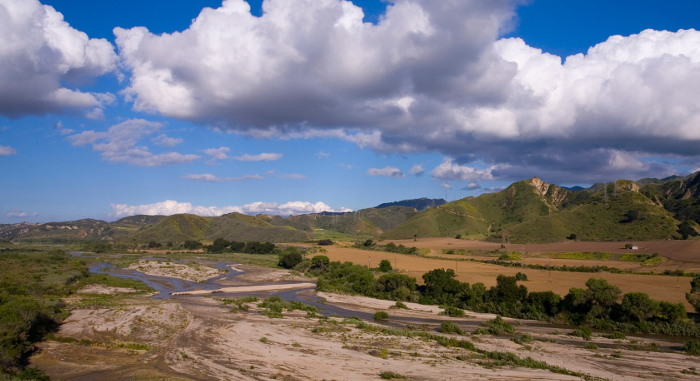
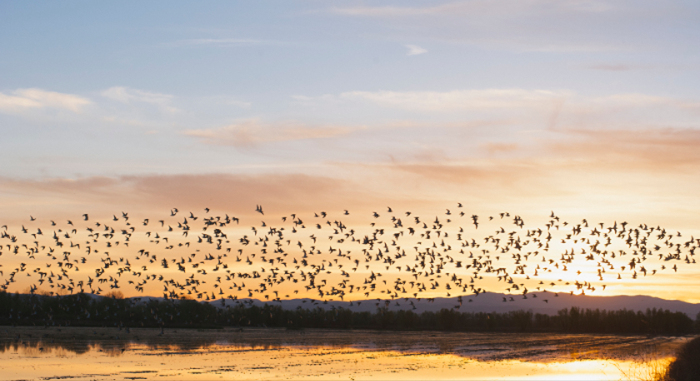
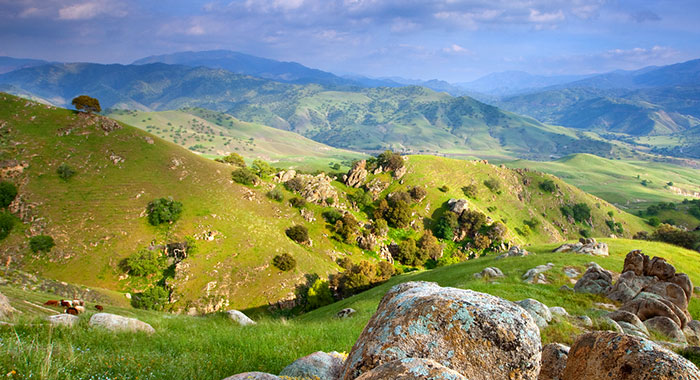
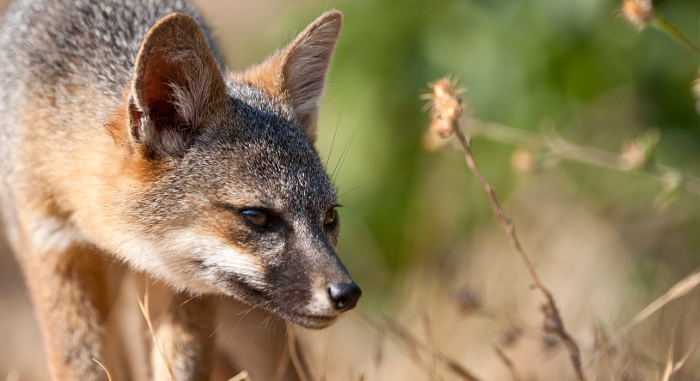

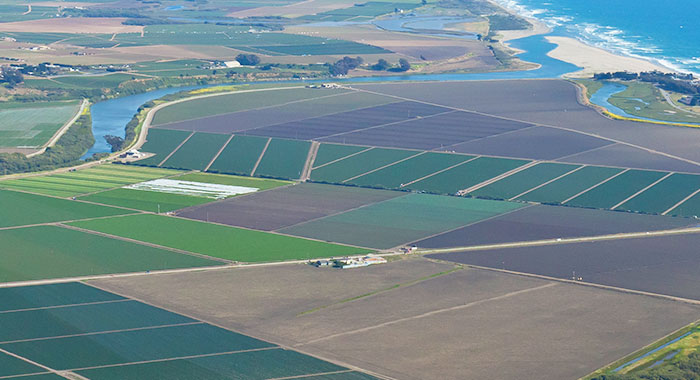

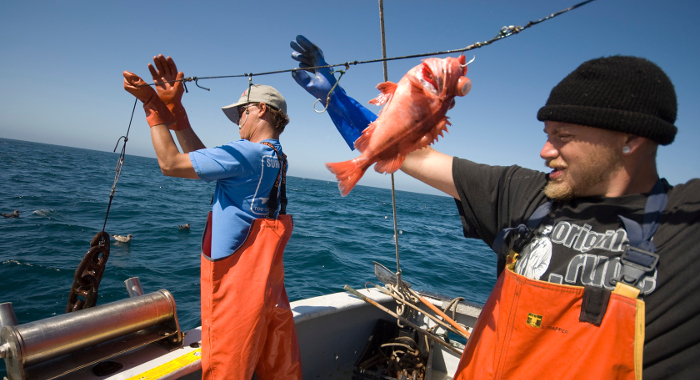
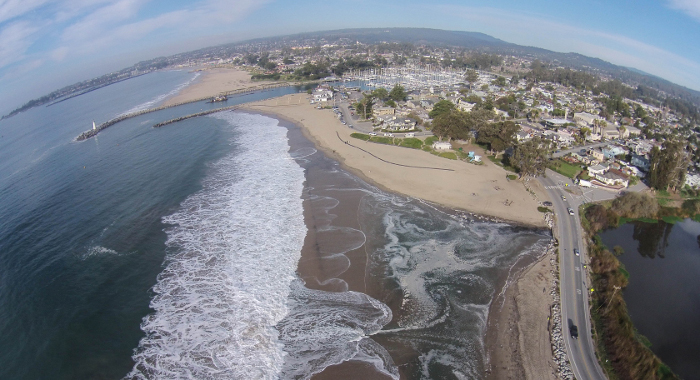


Sean P. Fitzgerald , Hunter S. Lenihan, Jono R. Wilson, Carolynn S. Culver, Matthew Potoski
This paper highlights the benefits of collaborative fisheries research in the management of wild capture fisheries. The authors teamed up with commercial fishermen in the southern California…Gorm E. Shackelford, Rodd Kelsey, Lynn V. Dicks
As California and other major agricultural regions around the world tackle the challenge of increasing the sustainability of agriculture to improve environmental health, cover crops are increasingly…Hekia Bodwitch, Jennifer Carah, Kent M. Daane, Christy Getz, Theodore E. Grantham, Gordon M. Hickey, Houston Wilson
Cannabis has been an industry in the shadows for many decades and little studied. In partnership with U.C. Berkeley and U.C. Cooperative Extension, Conservancy staff developed the first cannabis…Houston Wilson, Hekia Bodwitch, Jennifer Carah, Kent Daane, Christy Getz, Theodore E. Grantham, Van Butsic
Cannabis has been an industry in the shadows for many decades and little studied. In partnership with U.C. Berkeley and U.C. Cooperative Extension, the Conservancy staff developed the first cannabis…E.N. Tennant, D.J. Germanol, J.A.E. Stewart, H.S. Butterfield, M.F. Westphal
Laura S. Brophy, Correigh M. Greene, Van C. Hare, Brett Holycross, Andy Lanier, Walter N. Heady, Kevin O’Connor, Hiroo Imaki, Tanya Haddad, Randy Dana
The authors of this study generated new maps of current and historical tidal wetlands in 450 estuaries throughout Washington, Oregon, and California. Using laser-mapping technology known as LIDAR…Sandi Matsumoto, Melissa M. Rohde, Sarah Heard
Groundwater is a critical water supply around the world and is increasingly under threat from pumping that exceeds natural replenishment. Successful implementation of California's Sustainable…Rohde MM, Seapy B, Rogers R, Castañeda X, editors
Plant and animal species can rely on groundwater directly or indirectly for water, nutrients, and stable temperatures. The Critical Species LookBook is a compendium of 84 state and federally listed…Summary available in English and Spanish.
Samuel C. Zipper, Tom Gleeson, Ben Kerr, Jeanette K. Howard, Melissa M. Rohde, Jennifer Carah, Julie Zimmerman
Reductions in streamflow from groundwater pumping can negatively impact water users and aquatic ecosystems but are challenging to estimate due to the time and expertise required to develop numerical…Parker SS, Randall JM, Pauly GB, Li E, Brown BV, Cohen BS
This report is a product of the Biodiversity Analysis in Los Angeles (BAILA) project. It provides details on why we conducted our analysis, how the partnership between the Museum and the Conservancy…Grace C. Wu, Emily Leslie, Douglas Allen, Oluwafemi Sawyerr, D. Richard Cameron, Erica Brand, Brian Cohen, Marcela Ochoa, Arne Olson
California has ambitious climate and energy policies that call for the development of significant amounts of new zero-carbon energy by midcentury. The Power of Place study looks at multiple pathways…Enjie Li, Sophie S. Parker, Gregory B. Pauly, John M. Randall, Brian V. Brown, Brian S. Cohen
This dataset is a product of the Biodiversity Analysis in Los Angeles (BAILA) project, and demonstrates a new way to evaluate urban biogeography—patterns in the distribution of species across…Carrie Schloss, Liz O'Donoghue
Enjie Li, Sophie S. Parker, Gregory B. Pauly, John M. Randall, Brian V. Brown, Brian S. Cohen
This paper presents a new way to evaluate urban biogeography—patterns in the distribution of species across urban areas. The authors developed a hierarchical, quantitative method for classifying…Matt Merrifield, Mary Gleason, Lyall Bellquist, Kate Kauer, Dwayne Oberhoff, Chad Burt, Steve Reinecke, Michael Bella
In 2006, The Nature Conservancy of California purchased 13 federal groundfish permits in California with the objective of managing the fishing and reporting activities in a manner that protected…Kirk Klausmeyer, Falk Schuetzenmeister, Nathaniel Rindlaub, Tanushree Biswas, Melissa M. Rohde, Jeanette Howard
94,333 unique ecosystems depend on groundwater in California. GDE Pulse lets you see how they have changed over the last 30 years. Groundwater managers and environmental stakeholders often lack…